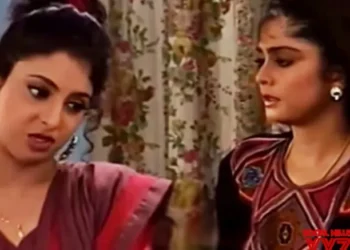It would be an understatement to say that Indian Handloom is having just a moment in the current fashion scene.
Handlooms constitute a timeless facet of Indias rich cultural heritage. With evolving trends, even the traditional weaves have evolved and Indian weavers have always come up with unique motifs, and new colors like Pastel Kanchipuram Sarees. The timeless handlooms of India are constantly evolving in their ways to suit the modern Indian women, her taste, and fashion sensibility.
In recent times, we have seen a new phenomenon taking place in the Indian handloom scene known as Fusion Sarees. Recently we also did a dedicated collection called ‘Blends’ featuring exclusively handpicked fusion sarees. Weavers from various handloom clusters are collaborating to combine weaves and fabrics of different states to give birth to fusion handloom sarees.
India is a land of fascinating handlooms emerging from various states and each handloom technique has its own unique and distinct identity. Kanchipuram Sarees come from Tamil Nadu and are known for the iconic Korvai Borders and starched Mulberry Silk Body in vibrant colors whereas Patan Patola Silk represents 10000 years old unique weaving technique hailing from Gujarat. Bandhani on the other hand is a fluid and soft fabric with tie and dye. Each fusion weave carries with it a minimum of two weaving techniques from two different states and is a unique artistic expression in form of a saree. As handloom connoisseurs, we are used to seeing each weave in their purest forms generally and thus, an amalgamation of two or more handlooms in one saree is refreshing.
The amalgamation of unique handloom techniques from different states blends into a wearable wonder to form an uncommon phenomenon. A rare sighting where flavors from many states come together to form one outfit is a story in itself and a must-have for a handloom connoisseurs’ trousseau.
In the case of fusion weaves, we have seen uncommon combinations of a single saree featuring a Kalamkari or a Bandhani Body and a Kanchipuram Border. The possibilities of creative combinations are endless and with each unique combination, a rare weave is born. We have also seen Kalamkari artists who are doing Kalamkari paintings on Kancheepuram, Uppadas, and Paithanis which is unusual. Ikat weavers have started adding Brocade Kanchipuram Borders to their sarees which adds a dash of glitter on an otherwise matt body. Originally, Bandhani was done on Georgette Fabric but nowadays it’s also being done on Paithani, Kanchipuram, and Patolas.
We are also seeing fusion Handloom lehengas. Recently we handpicked a lehenga collection that featured more than two weaves. For instance, the Pallu body was Bandhani or Chikankari whereas the blouse was a Kanchipuram Silk and the outfit featured Patola border and Kanchipuram Body.
When a fusion weave emerges, it not only represents the weaver’s artistic expression, it is also a confluence of various Indian handloom techniques, a celebration of our country’s diversity, and most importantly it is a representation of Modern Indian women who like a fusion weave carries with her various moods and traits.
For instance, the fluidity of Bandhani meets traditions of Kanchipuram, is the best description of the blends that represent flexible yet stable mindset of an Indian woman. The refreshing collaboration of weavers has been fascinating the handloom connoisseurs across the world, however as this is a less known and recent movement, a very niche segment of saree aficionados knows about it.






















